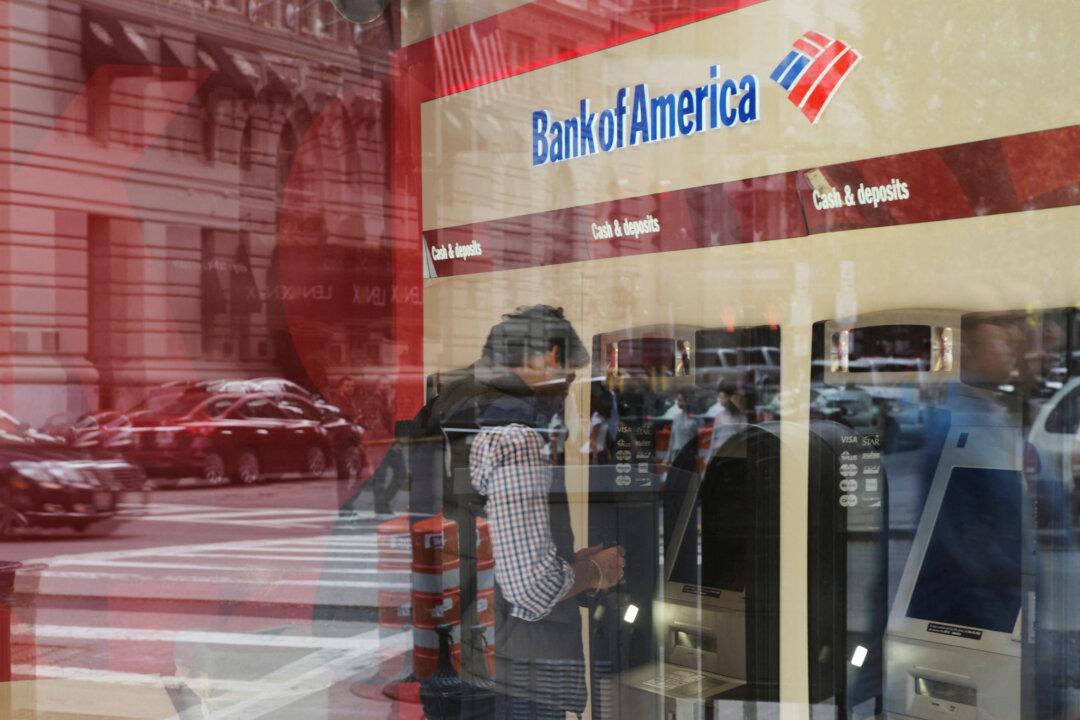A growing number of American banks have reported tightening loan standards for both consumers and businesses, according to a July survey conducted by the Federal Reserve.
A net total of roughly 51 percent of banks said they had tightened lending standards for commercial and industrial (C&I) loans to larger and medium-sized businesses (defined as those with annual sales of $50 million or more) during the second quarter, according to the Fed’s latest Senior Loan Officer Opinion Survey, or SLOOS.





